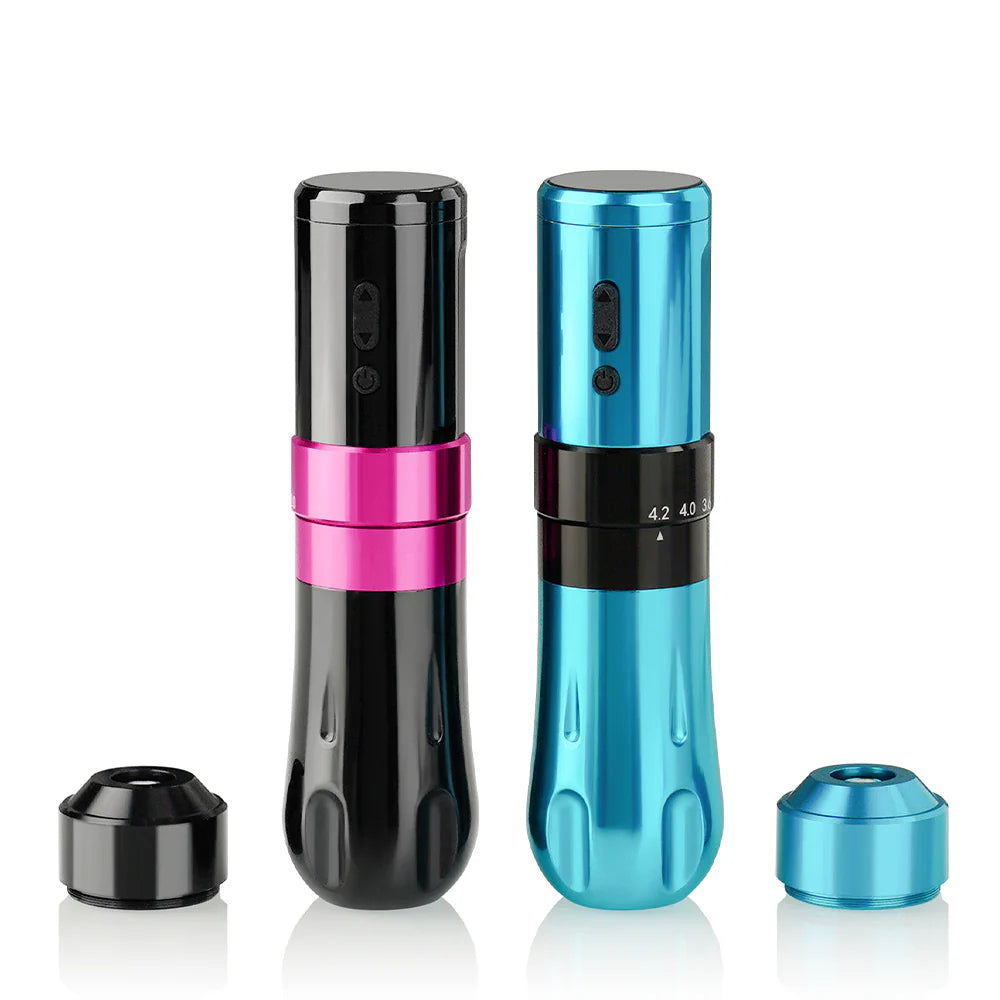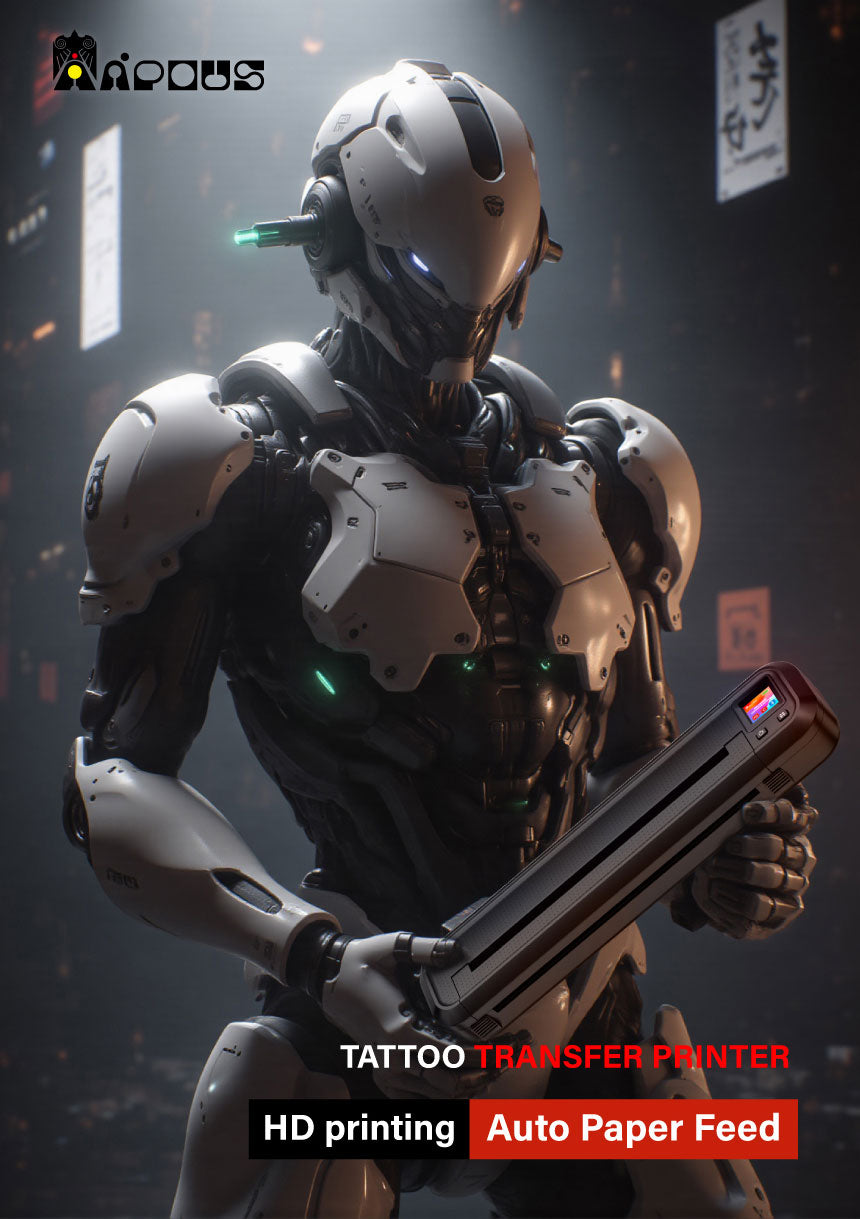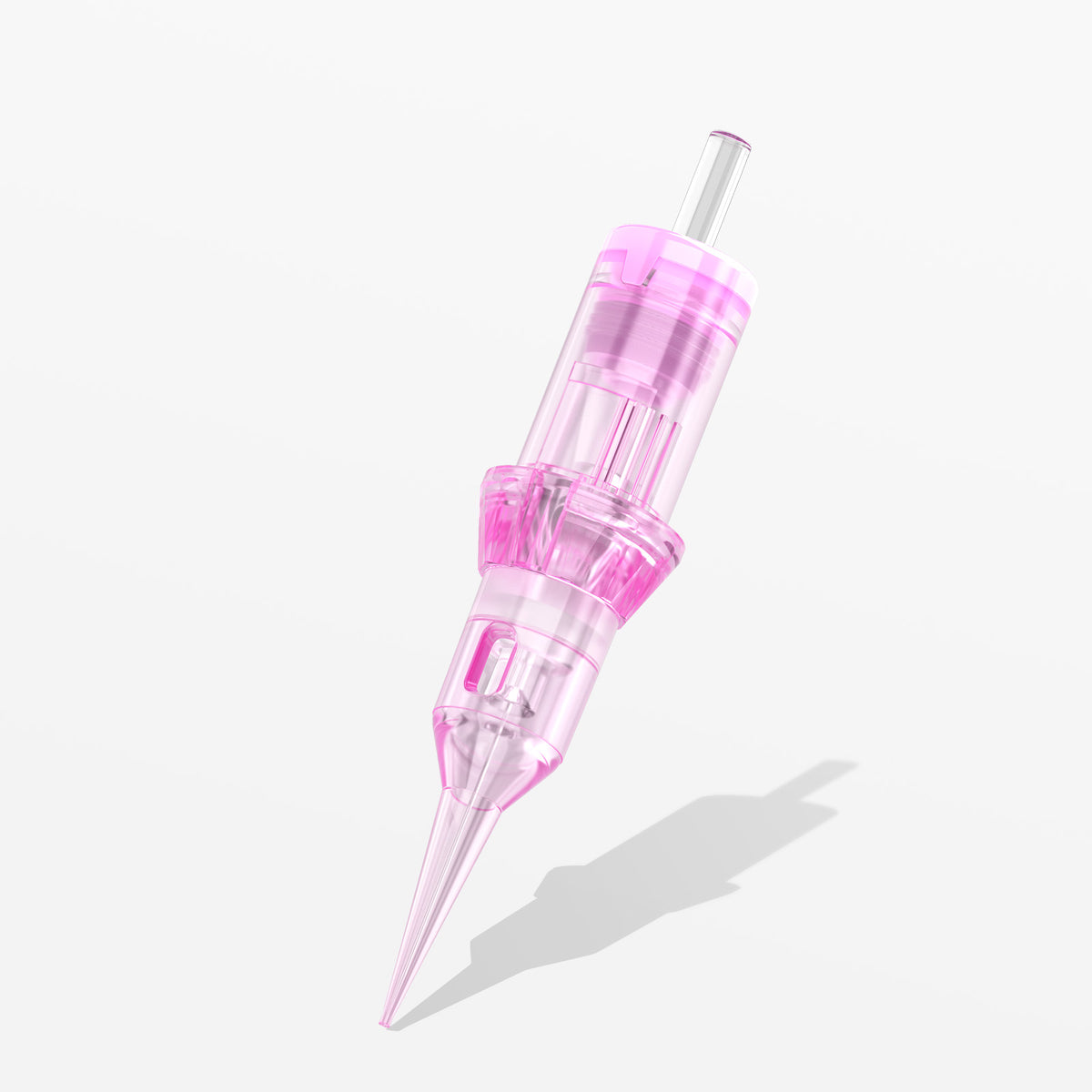As a professional permanent makeup (PMU) artist, the foundation of delivering outstanding, long-lasting, and flawless makeup results for clients lies in a thorough understanding of the tools and products used. Among these, pigments play a crucial role, especially in terms of their ingredients and formulations. Our renowned pigment brand, Biomaser, offers a comprehensive range of high-quality pigments that can significantly enhance your PMU practice.
Understanding the ingredients of pigments and how they interact with the skin over time is essential for customizing the perfect pigment choice for each unique client and treatment plan. Biomaser pigments are meticulously formulated to ensure optimal performance across various skin types and treatment scenarios.
In this blog, we will delve deep into the differences between organic and inorganic pigments and explain why this understanding is vital when selecting pigments for your PMU procedures, while also highlighting Biomaser's product range.
What are Organic and Inorganic Pigments?
Organic Pigments
Organic pigments are characterized by the presence of carbon-hydrogen bonds. They are known for having smaller particles, which enable them to reflect more light. Biomaser's organic pigment series is carefully crafted to make the most of these properties. Our organic pigments are sourced from top-grade materials, allowing PMU artists to create bold, vivid, and long-lasting makeup looks. They are ideal for clients who desire a more intense and dynamic effect, such as highly saturated lip colors or well-defined, striking eyebrow shapes.

Inorganic Pigments
In contrast, inorganic pigments contain ingredients derived from natural minerals like iron oxide or titanium dioxide. Their particles are generally larger. Biomaser's inorganic pigments are designed to provide a more natural and muted tone. They are the perfect choice for clients who prefer a more natural and understated enhancement. These pigments are often used to create natural eyebrow shapes or soft lip colors, giving a natural flush of color.
Both Biomaser's organic and inorganic pigments have undergone rigorous safety testing and meet the highest industry standards for cosmetic tattooing. They are widely accepted in the PMU industry, and each type of pigment has its unique advantages based on clients' aesthetic goals.
At first glance, it can be difficult to determine whether a pigment brand is organic, inorganic, or a hybrid. That's why Biomaser clearly indicates this in our product descriptions, helping you make an informed choice for your PMU needs.

How Do They Differ in the PMU Procedure?
During the Procedure
When using Biomaser's organic pigments, the process of implanting them into the skin is usually smoother. Their smaller particle size makes it easier for them to penetrate, resulting in a brighter and more vivid appearance. Clients typically require fewer passes to achieve the desired saturation level, saving both time and effort during the procedure.
On the other hand, Biomaser's inorganic pigments may require a few more passes to reach the same saturation level. They tend to have a more muted or natural tone, which can be beneficial for creating a natural look. However, it is crucial to consider the individual skin types of clients. Biomaser provides guidance on which type of pigment may be most suitable for different skin conditions, whether it's mature, dehydrated, thicker, oily, or difficult-to-pigment skin.
Differences Between Organic and Inorganic Pigments After Healing in the Skin
Long-term Performance
One of the most significant differences between these two types of pigments from Biomaser is how they perform after the client's treatment has fully healed. Biomaser's organic pigments are more likely to maintain their vivid, rich color and saturated appearance over time. They have excellent color retention and fade at a slower rate. However, they may have a slight tendency to cool in tone.
In contrast, Biomaser's inorganic pigments present a much softer, more sheer, and natural appearance in the skin after healing. They fade and soften relatively quickly, which means more frequent touch-ups are required to maintain the desired effect. This characteristic can be beneficial for clients who don't want a highly permanent result or for makeup artists who are still improving their skills and may need to make adjustments more frequently.
Which is Better: Organic or Inorganic Pigments?
Making the Right Choice
Both Biomaser's organic and inorganic pigment formulations have their own pros and cons, and the ideal choice often depends on the client's preferences and expected results.
For clients seeking a long-lasting, bold, and dramatic effect, Biomaser's organic pigments are an excellent choice. They require less frequent touch-ups, which is convenient for clients with a busy lifestyle.
If clients desire a more natural and understated enhancement or are concerned about long-term effects, Biomaser's inorganic pigments are a good option. They are also a great choice for novice PMU artists, as the faster fading provides more room for improving skills as experience grows.
When choosing the appropriate Biomaser pigment series for your PMU practice, consider your own experience level and the specific expectations of your clients. With Biomaser's diverse range of high-quality organic and inorganic pigments, you can confidently meet the unique needs of each client and elevate your PMU artistry to new heights.





0 comments